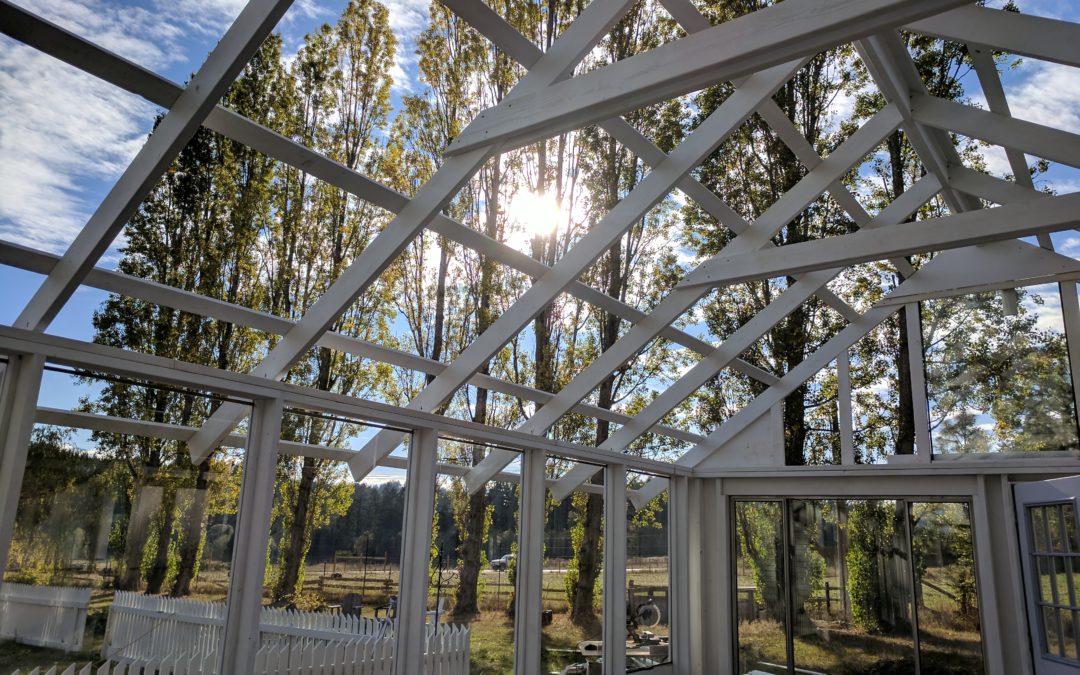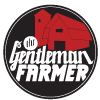In this video, the family and I visit a biodynamic homestead farm located on Lopez Island in San Juan County. The S & S Homestead farm (sshomestead.org) has been in production for almost fifty years and is the creation of Henning Sehmsdorf and Elizabeth Simpson.
During our visit, we employ the help of the local school children to hand harvest and thresh the most ancient of grains in existence today; rye.
What is the History of Rye and Triticale?
In Europe, rye became the staple grain for bread. Rye was carried to the Americas by British and Dutch settlers. Today, rye is now harder and harder to find as American’s have generally lost the taste for this hardy cereal, today preferring a lot more ready-made whole wheat grains in abundance on market cabinets. Rye relates to whole wheat and barley very closely and originated as a weed growing in open grain fields. Cultivated rye (Secale cereale) is thought to have come from a wild rye strain in southwestern Asia, around 1800-1500 BC.
As a grain, Rye is more hardy and more drought and frost tolerant than wheat. In fact, it is the most winter hardy of all cereals. Rye’s tolerance to drought is due in large part to its highly developed root system which is capable of thriving in conditions with 20-30% less water than that of wheat.
It’s not uncommon for rye and wheat to be grown together. This helps reduce the risk to the farmer as drought conditions persist. This combined growing technique produces triticale and is referred to as “Maslin.” The resulting grain includes one set of rye chromosomes and three sets of wheat chromosomes.
Filming Equipment:
- I use the Sony Digital Voice Recorder
- The quality of the GoPro HERO3+ is adequate for my needs
- Gimbal Stabilizer for GoPro
- When needing a second camera shoot or really high end, I use the Canon EOS 5D Mark II
- I piece it all together using Adobe Premiere Pro CC on a Macbook Pro and After Affects.
Music by:
Dobro Mash by Audionautix is licensed under a Creative Commons Attribution license (https://creativecommons.org/licenses/by/4.0/)
Artist: http://audionautix.com/
Fall Inspiration and Shifting Farmstead Routine
My list has grown shorter. I turn to activities indoors. A fitness maintained by the work of this land now shifts to a rhythmic running program that stimulates the mind and enriches creative thought and the exploration of new ideas.

Farmstead Life in Autumn
Autumn highlights a changing rhythm. Visitors become less of a fixture in downtown, school buses resume their morning and afternoon routes, and islanders begin to mingle about the cafés and parks again.
Save Water with the Best Drip System Design for Market Gardens and Row Crops
Find out the most effective way to grow food in your garden with uniform rows and inexpensive drip irrigation.
Visiting Staircase Campground in the Olympic National Forest
As one of our last stops before returning home, we visited Staircase Campground located at the north end of Lake Cushman, a 4,010-acre lake and reservoir on the north fork of the Skokomish River in Mason County, Washington.

We just came across your site and YouTube channel, and really admire your work and presentations. (I guess Google knows me better than I thought.) Like, like, like.
Thank you Paige, by the looks of your email address, you must be local to the area. It’s great to have you here and enjoying the content. It means a lot to me that you have taken the time to share your kind remarks.
Best regards,
John